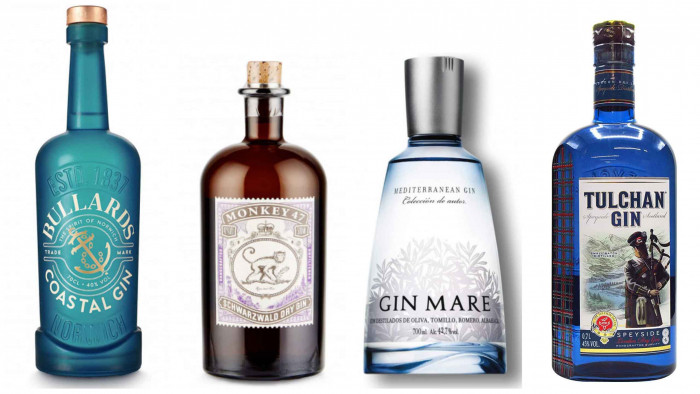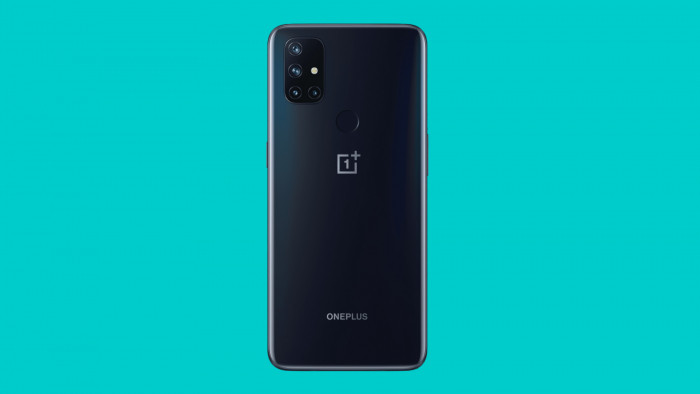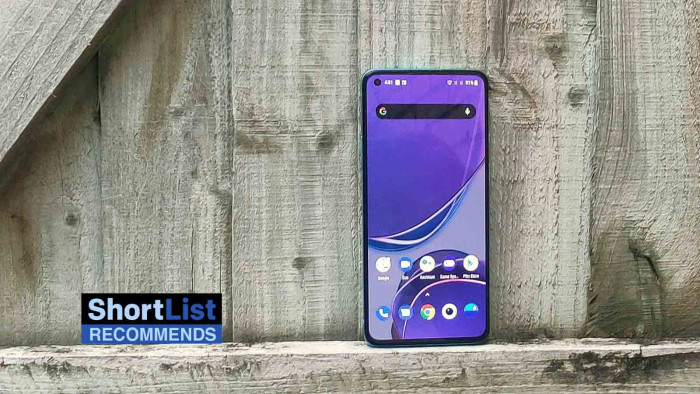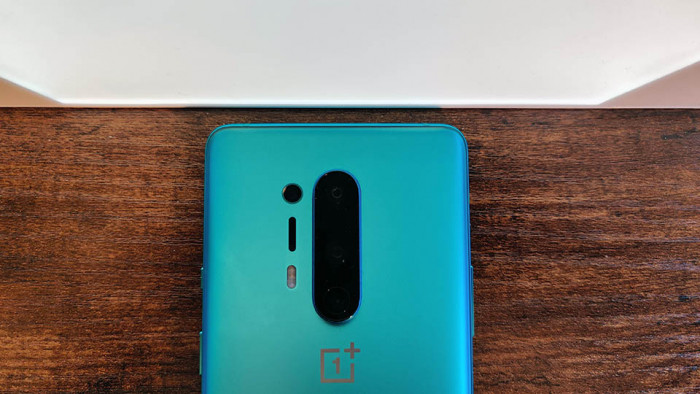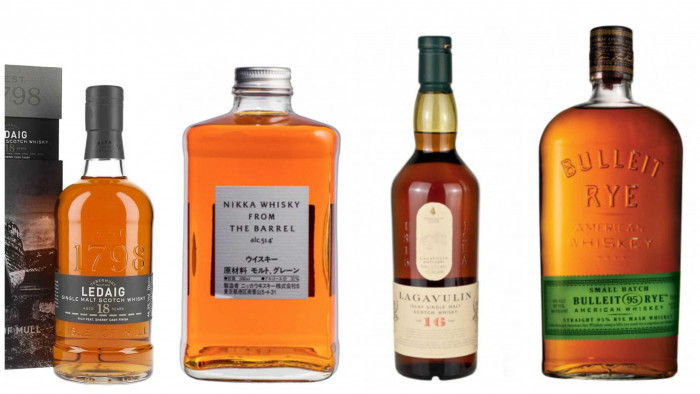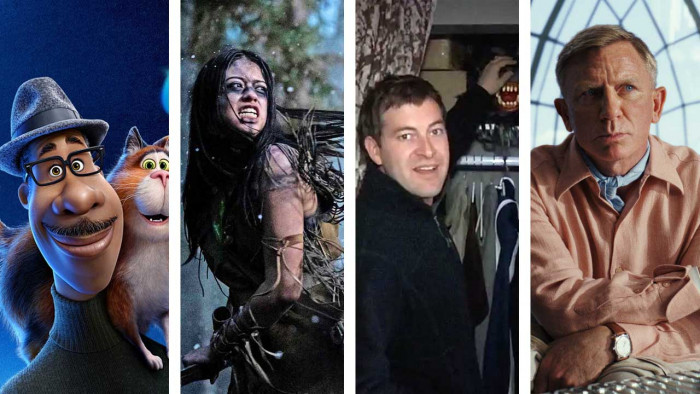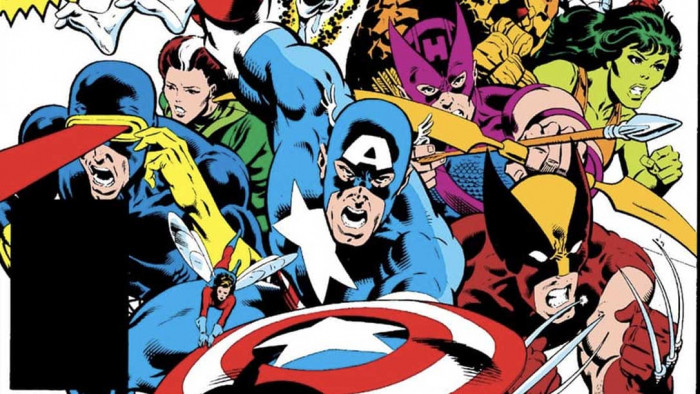One great author’s love affair with the inspiration-igniting black, gooey stuff
- These are the best coffee machines for a quality brew
When asked how long it took him to write a poem, Norman MacCaig would answer: one cigarette, or two for a long one. I’m a non-smoker, but I think I know what he means. MacCaig would find that a cigarette aided concentration, and the break from writing – no matter how short – would help him regroup. I’m like that with coffee – I never drink as much of the stuff as when I’m writing a book. Every page or two, I feel the need to stretch my legs as far as the kitchen, where the makings of a mug of java await.
I’ll use the time to clear my head or mull over a problem or a forthcoming scene. Like TS Eliot’s Prufrock, I measure out my life in coffee spoons.
Time was, I thought booze was the answer. Writers of the past, ones I’d admired – from Fitzgerald to Chandler – had been imbibers. I soon learned the hard way, though, that my writing turned to mush with the aid of a couple of whiskies. My real sharpener was caffeine. It kickstarts my day and powers me through the working hours, and so what if I’m consequently wired to the universe when bedtime comes? Sometimes the ideas come then, too.

Unlikely hero
Plenty of writers have had something to say about coffee, but the one who seems to get the appeal (as well as the pitfalls of addiction) is Jim Davis. Yes, the Jim Davis who created cartoon cat Garfield and long-suffering owner Jon Arbuckle. I started reading the Garfield strips in the Eighties and identified immediately with both characters: bleary-eyed until the morning hit, then energised by a mug of something so strong and viscous you could stand a spoon in it. There was the old-fashioned pot of coffee in Jon’s breakfast kitchen, or visits to the diner where the fatigued server would pour until saucer and counter were flooded, at which point Garfield might point out that these people needed help.
Maybe this article is my own admission of addiction.
I grew up in a family that didn’t appreciate the niceties of coffee. We bought jars of the cheapest, blandest supermarket offering – Mellow Bird’s, anyone? Though this was as nectar compared to the powdery own-brand stuff that turned up in the cupboard occasionally. Back then, in my early teens, I added three teaspoons of sugar per mug. Hot, wet milky sugar is what I was really drinking. But then my great aunt gifted me an old-fashioned percolator, the kind that sit on the stove. It had a glass lid so that I could watch the rich black liquid ejaculate from the central spout. I soon decided that I didn’t need sugar any more – I was making coffee I actually relished tasting. I would sit with my parents of an evening, watching TV, mug cupped in both hands, twitching for Britain until it was time to head for bed, where I’d write poems full of blood and longing. It wasn’t coffee coursing through me, it was jet-fuel, so when a friend introduced me to his collection of Garfield strips, I felt I’d finally found my gang.
In my first year at university, I studied Alexander Pope’s Rape Of The Lock and discovered that he had his own views on my favourite tipple. Pope wrote that coffee “makes the politician wise/And see through all things with his half-shut eyes”. Was he saying that coffee made MPs sleepy while keeping their brains active? The place to discuss this was the tutorial room – over coffee, of course – or the cafeteria, where a good brew was hard to find. I’d given up my percolator by this time – too expensive and fiddly. Nescafé ruled a progression of shared student flats, from first thing on waking until last thing before bed.
After graduation I got married and moved to London. We had our filter-coffee machine of course, then invested in a cheap espresso-maker with steam vent for milk-foaming purposes. We’d spent time in France before marrying and had fallen hard for café au lait. French coffee seemed better than its British equivalent, from the morning croissant-dunking milky indulgence to the kick-in-the-head espresso at the end of meals.
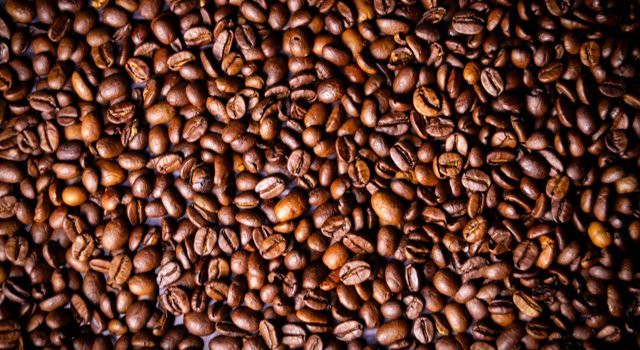
American idol
By this time, I was a published novelist. Not selling many copies, but coming to love crime fiction, specially the hard-boiled American school. One of my first finds was Lawrence Block. I liked his private eye character Matt Scudder, a man I could imagine stepping out of Edward Hopper’s ‘Nighthawks’. Scudder was a New York alcoholic who attended AA meetings and drank coffee by the gallon.
In 1992 I was offered the chance to spend six months in the States and grabbed the opportunity with both hands. We had friends in Seattle so that was our first stop. The diner-style coffee, however, was a grave disappointment – usually as weak as it was cheap. But our friends had an alternative – there was a local outfit called Starbucks and it had a few cafés of its own in and around Seattle. To this day I remember my first hit of that smoky, almost burnt confection. People often talk of ‘meat sweats’, but this experience went beyond that. I was having coffee sweats, my toes tingling, synapses zinging. This was coffee as crack and I wanted more, more, more.
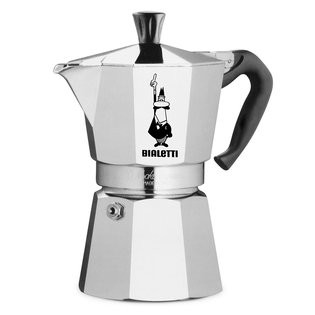
Did the eventual global success of Starbucks jump-start a coffee-house revival? It’s possible. Certainly, back in the UK, coffee seemed to be getting better. Cafés were investing in Gaggia-style machines and different varieties of bean and roast – a godsend to we writers, who spend a lot of our time hanging around cafés looking for inspiration or turning procrastination into an artform. For a while, one café in my Edinburgh neighbourhood could boast JK Rowling and Alexander McCall Smith as regulars, as well as me.
Ms Rowling would be scribbling away in one corner while Professor McCall Smith would be engaging a stranger in conversation and I’d be stuck on 17 down in the crossword. The best cafés can become community hubs, but this only works if people are happy to loiter, which means giving them good coffee as well as good atmosphere.
I travel the world now and have experienced the highs and lows of my addiction, from the lowly budget-hotel instant sachet to china cups of velvety goodness in Vienna. At home, I’ve tried every machine and accoutrement going, but still reckon it doesn’t get better than the stove-top pot (current model: Bialetti, Italian). My morning coffee gets my motor running, so that I can’t imagine starting the writing day without it. It has inspired writers and artists for centuries (JS Bach even wrote a cantata about it) and will continue to do so. As the Turkish proverb says, “Coffee should be black as hell, strong as death, and sweet as love.”
And the name to put on my cup is Ian.
The Beat Goes On: The Complete Rebus Series is out on 16 July (Orion)
Latest
Related Reviews and Shortlists

